In weak electrical engineering, a Fiber Optic Patch Panel is a critical component used for managing and connecting fiber optic cables. These patch panels are employed for organizing, labeling, protecting, and connecting optical fibers to ensure the reliability and maintainability of networks and communication systems.
Characteristics of Fiber Optic Patch Panels
In recent years, in practical work related to optical communication construction, through a comparison of several products, we believe that the selection of fiber optic patch panels should primarily consider the following aspects:
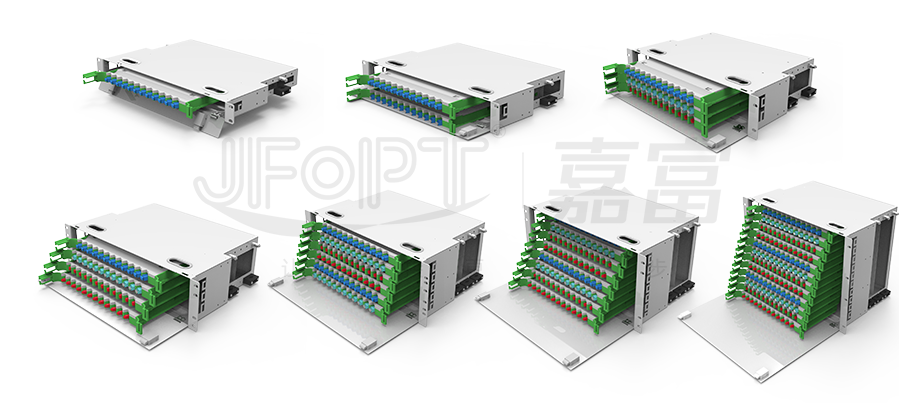

Why is it called an integrated fusion splicing tray? It includes a plastic tray, fiber adapters, and fiber pigtails (often using ribbon pigtails).
Fiber Core Capacity
A fiber optic patch panel should be able to accommodate the maximum number of cores of indoor optical cables, and whenever possible, multiple interconnected optical cables should be housed on a single rack to facilitate optical path deployment. Additionally, the patch panel's capacity should align with the standard fiber core count series, allowing for reduced or avoided waste of patch panel capacity due to improper pairing.
Types of Functions
As a terminal equipment for optical cable routes, the fiber distribution frame should have four basic functions.
After the fixed-function optical cable enters the rack, its outer sheath and strength member should be mechanically secured, grounding protection components should be installed, end protection processing should be carried out, and optical fibers should be grouped and protected.
In the fusion function, after fusing the drawn-out optical fibers from the optical cable with the pigtail fibers, excess optical fibers should be wound and stored, and the fusion splice should be protected.
The deployment function involves plugging the connectors on the pigtail fibers into adapters and aligning them with optical connectors on the other side of the adapters to establish an optical connection. Adapters and connectors should allow flexible insertion and removal, and the optical path can be freely deployed and tested.
The storage function provides a means to store various cross-connect optical patch cords between racks, allowing them to be neatly organized. Within the fiber distribution frame, there should be adequate space and arrangements for these optical patch cords to ensure clear routing, ease of adjustment, and compliance with the minimum bend radius requirements.
With the development of optical fiber networks, the existing functions of fiber distribution frames are no longer able to meet many new requirements. Some manufacturers directly integrate certain optical network components, such as splitters, wavelength division multiplexers, and optical switches, onto the fiber distribution frame. This not only enables these components to be conveniently applied to the network but also enhances the functionality and flexibility of the fiber distribution frame.
Common Types of ODF Distribution Frames
Common types of ODF (Optical Distribution Frame) distribution frames include: 12-core, 24-core, 36-core, 48-core, 72-core, 96-core, 144-core, and so on.

Fiber Splicing Trays in ODF
Depending on the type of optical cable and interface, available fiber adapters include FC, ST, SC, LC, and others, and the optical cables can be indoor or outdoor, single-mode, multi-mode, or 10 Gigabit OM3 optical cables.

Why is it called an integrated fusion splicing tray? It includes a plastic tray, fiber adapters, and fiber pigtails (often using ribbon pigtails).
Introduction to Ribbon Pigtails
Ribbon pigtails, also known as ribbon fiber pigtails, have a connector at one end, while the other end is the cut end of a single optical fiber. They are connected to other optical cable fibers through fusion splicing and are commonly found in optical fiber terminal boxes and fiber distribution frames, used to connect optical cables to terminal equipment.

An optical fiber coupler is a detachable (active) device that allows for connections between optical fibers. It aligns the two end faces of optical fibers closely, maximizing the transfer of optical power from the transmitting fiber to the receiving fiber and minimizing the impact on the system by intervening in the optical link.
Commonly used optical fiber adapters include the following:

In ODF, FC adapters are typically replaced with square-shaped adapters.
Overall, fiber distribution frames play a crucial role in low-voltage engineering. They provide a structured and maintainable method for managing and connecting optical fibers, ensuring the performance and reliability of data communication systems.
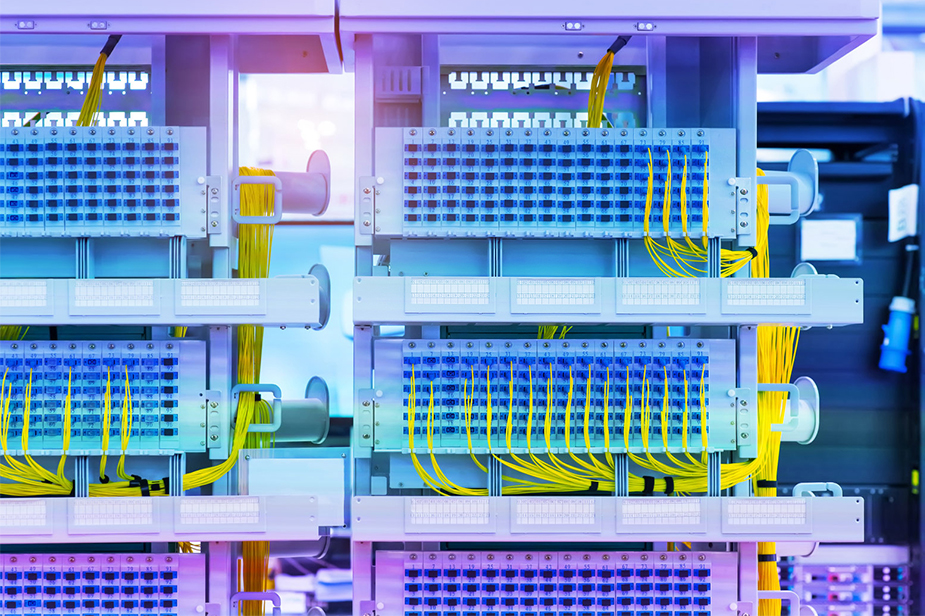

An optical fiber coupler is a detachable (active) device that allows for connections between optical fibers. It aligns the two end faces of optical fibers closely, maximizing the transfer of optical power from the transmitting fiber to the receiving fiber and minimizing the impact on the system by intervening in the optical link.
Commonly used optical fiber adapters include the following:

In ODF, FC adapters are typically replaced with square-shaped adapters.
Overall, fiber distribution frames play a crucial role in low-voltage engineering. They provide a structured and maintainable method for managing and connecting optical fibers, ensuring the performance and reliability of data communication systems.

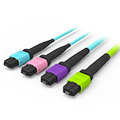
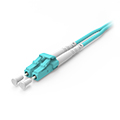
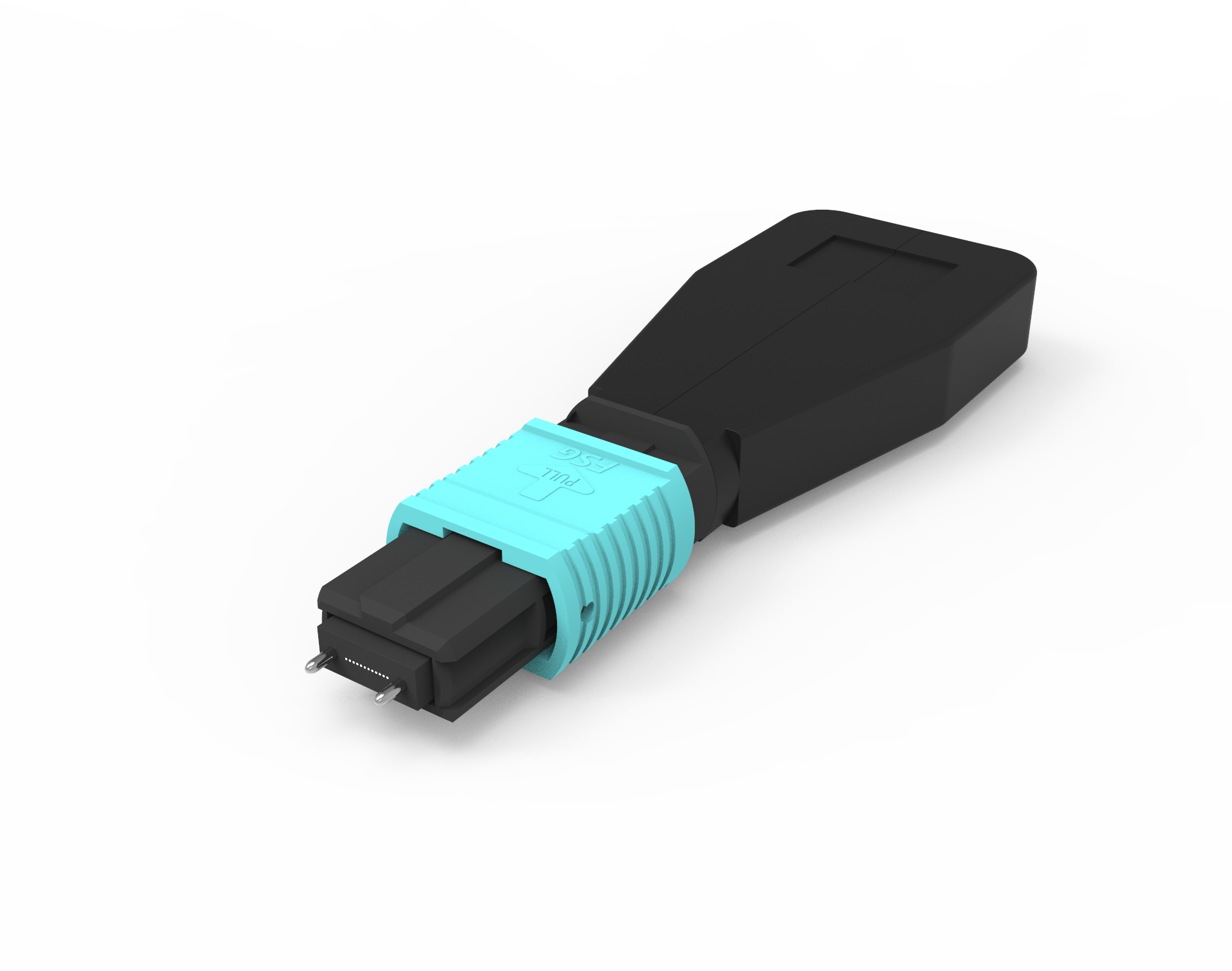
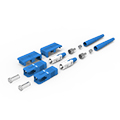
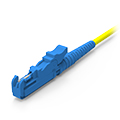
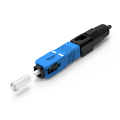
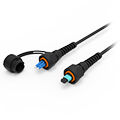
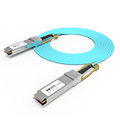
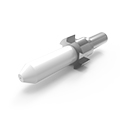
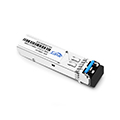
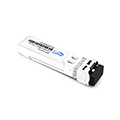
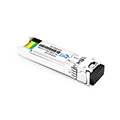
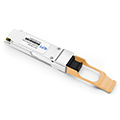
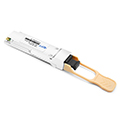

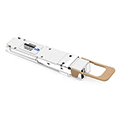
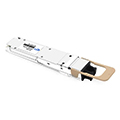
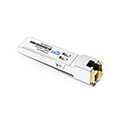
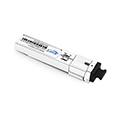
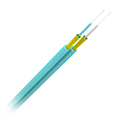
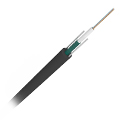
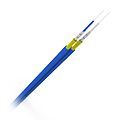
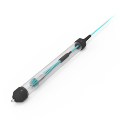
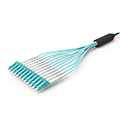
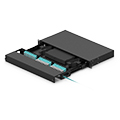
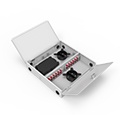
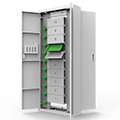
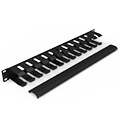
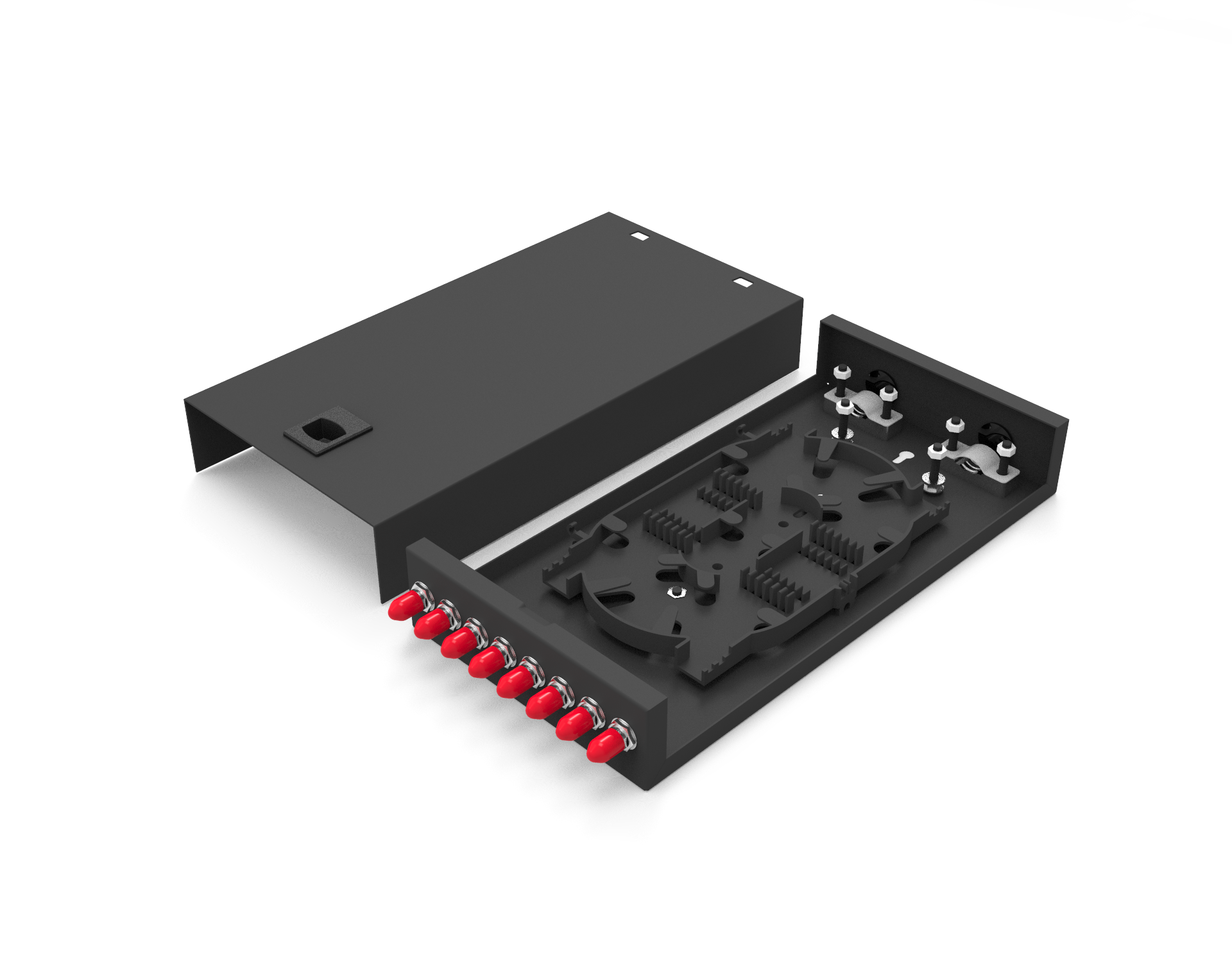
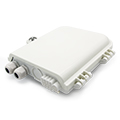
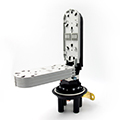
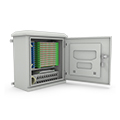
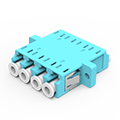
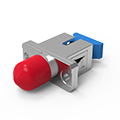
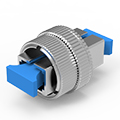
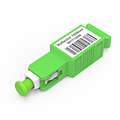
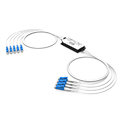
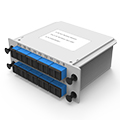
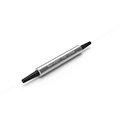
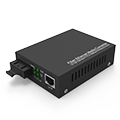
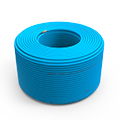
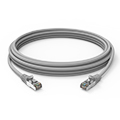
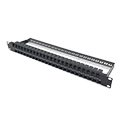
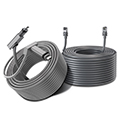
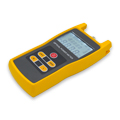
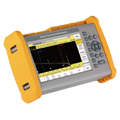
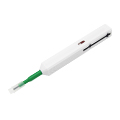
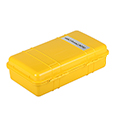
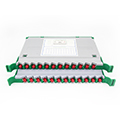
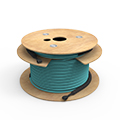



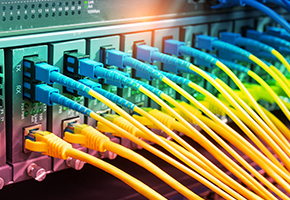

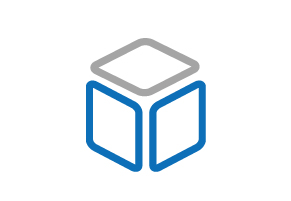


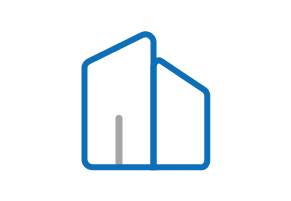









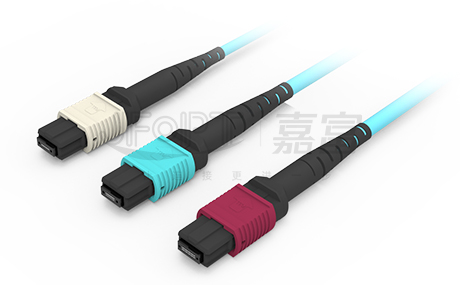
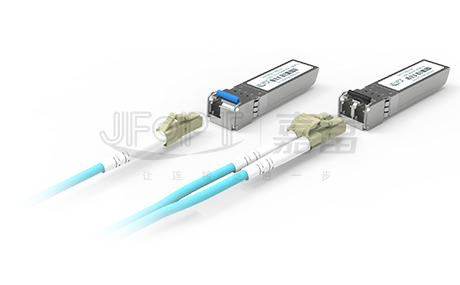
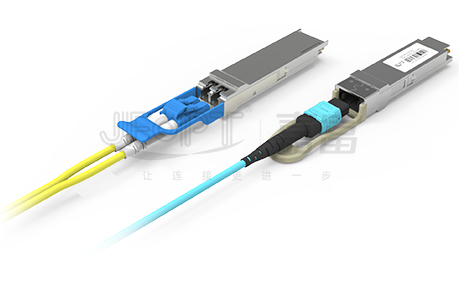
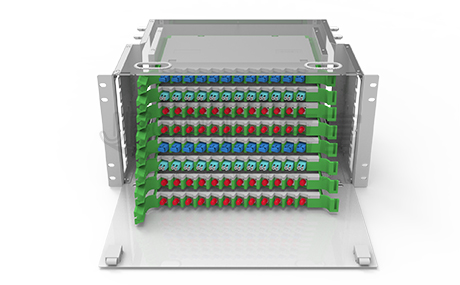
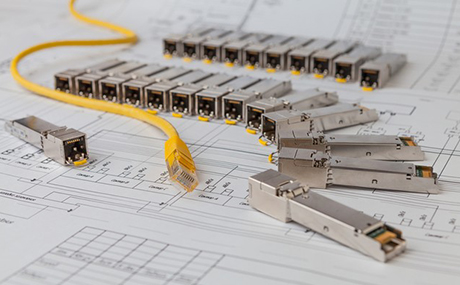
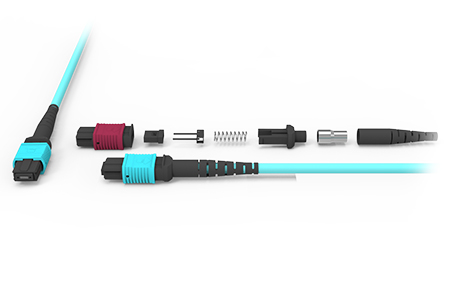
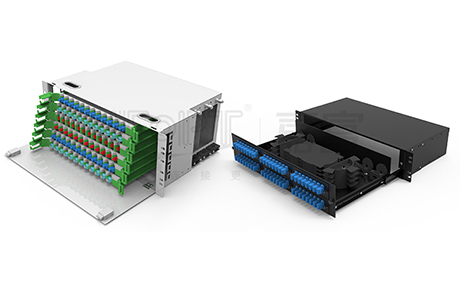
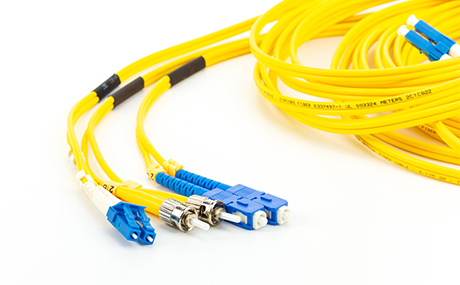
 Ann
Ann












